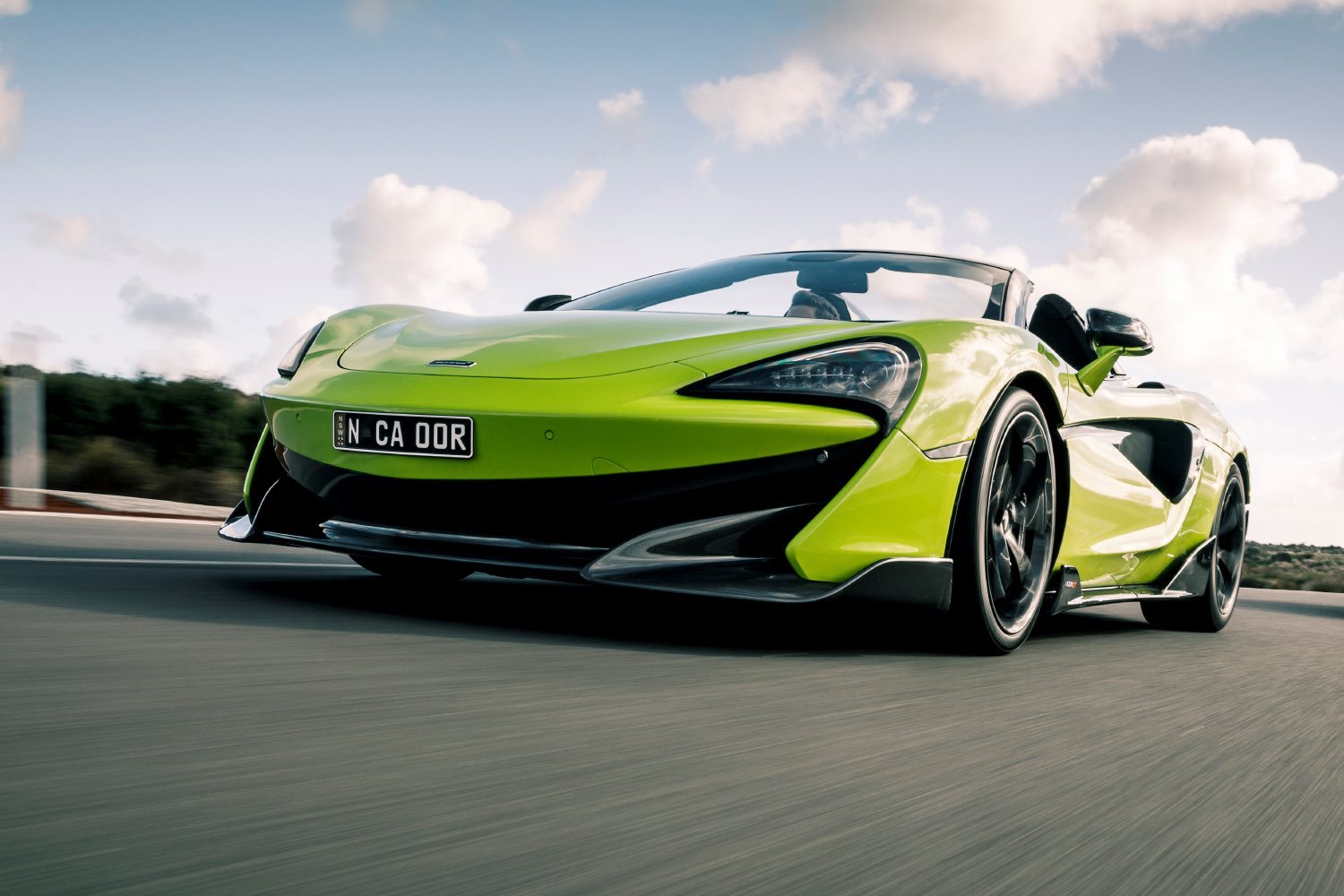
In our Fast Facts series, WhichCar delves deep into the history of automotive brands to bring you fascinating facts and intriguing information.
Here we focus on McLaren, one of the most successful names in global motorsport that made champions of legendary drivers such as Ayrton Senna, built the iconic F1 road car, and now battles Ferrari off the track as well as on it after introducing a full range of supercars.
KIWI FOUNDATION
McLaren has been established in England for decades, but the company was originally formed by New Zealander Bruce McLaren. The Kiwi was an engineer, designer and racer all in one, and remains one of the rare drivers to have won a grand prix in a car of his own design (Belgium 1968).
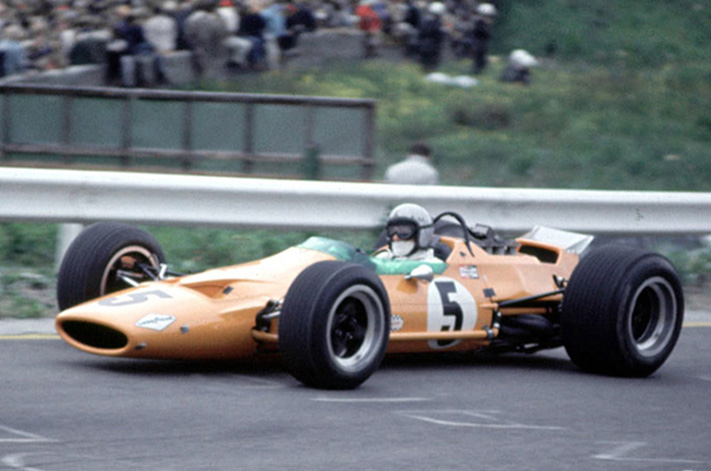
AMERICAN DREAM
McLaren Cars entered Formula 1 from 1966, though the team would also achieve great things in America – dominating the Can-Am (Canadian-American) motor racing series with five consecutive constructors’ titles between 1967 and 1971, followed by three victories in the Indianapolis 500 (1972, 1974, 1976).
TRAGEDY
Bruce McLaren was testing his new M8D Can-Am car at England’s Goodwood circuit in June 1970 when the rear bodywork came loose and caused him to crash at high speed. He died instantly when he was thrown from the wreckage. He was just 32.
ORANGE IS THE NEW BLACK
The famous orange livery of Bruce McLaren’s racing cars made a welcome return for McLaren-Honda’s 2017 Formula 1 car. The McLaren team had occasionally launched a new car pre-season in orange, but orange hadn’t been a prominent colour on one of its racing cars since 1971.
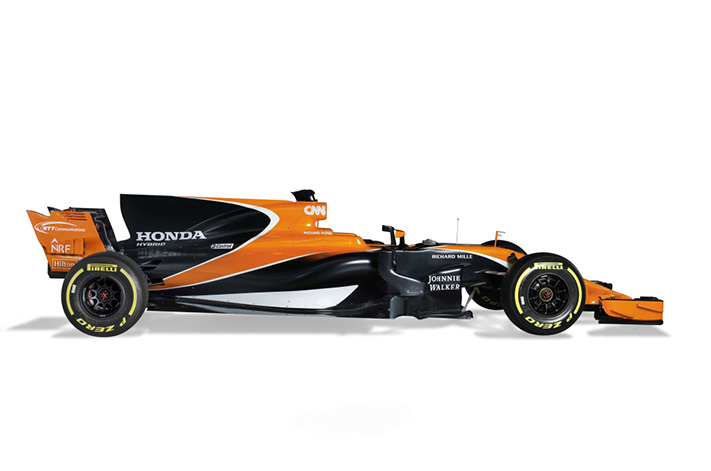
BLACK MAGIC
McLaren won its first Formula 1 titles in 1974, with Brazilian Emerson Fittipaldi taking the drivers’ championship, followed by a victorious James Hunt in 1976. Under new leadership from 1980 with a former mechanic called Ron Dennis, McLaren – inspired by the aerospace industry – pioneered the carbon fibre F1 car with its 1981 MP4/1. It was a construction technique that would eventually be copied by all its rivals. The team became a dominant force between 1984 and 1991, winning multiple drivers’ titles with legendary racers Niki Lauda, Alain Prost and Ayrton Senna.
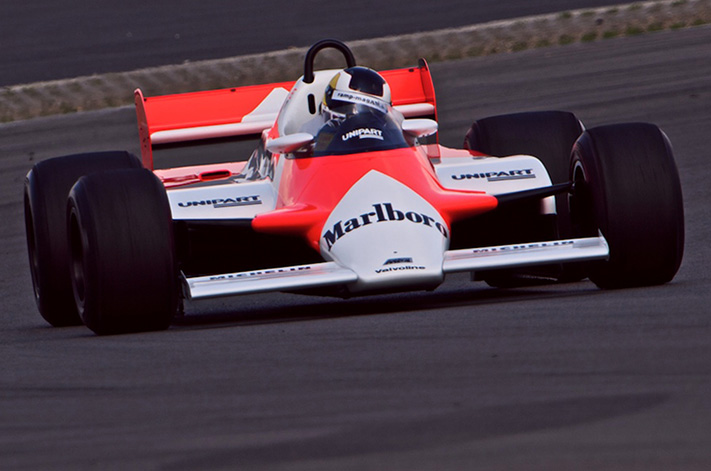
WINNINGEST SEASON
McLaren currently holds the honour of registering the most successful season ever in Formula 1 when Alain Prost and Ayrton Senna won 15 of the 16 races held in 1988 – a 94 per cent win ratio. It would have been a clean sweep had Senna not collided clumsily with a backmarker while comfortably leading the Italian Grand Prix. If you’ve been following the team’s recent F1 travails, you might be surprised to learn the engine partner of the time was Honda.
FROM TRACK TO ROAD
As four key McLaren personnel – including Ron Dennis and technical director Gordon Murray – sat in the lounge at Milan airport after that 1988 Italian Grand Prix, they discussed a plan to build the finest road car ever seen. Four years later, the McLaren F1 – complete with distinctive three-seater cockpit, featuring a central driver’s seat – emerged to establish itself for the next decade as the world’s fastest production car. Featuring a carbon fibre monocoque just like its race-car siblings, and powered by a BMW V12 engine, the F1 could accelerate from standstill to 100km/h in 3.2 seconds and hit a top speed of 387km/h (240mph). Just 106 were made between 1993 and 1998.
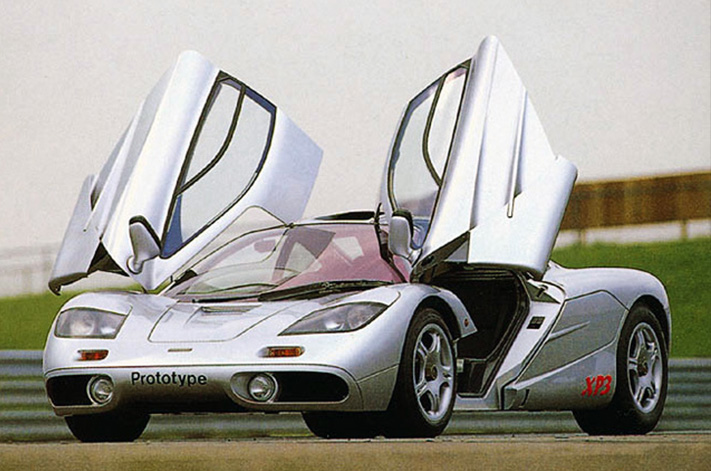
F1 ACHIEVES BRUCE’S DREAM
The multi-talented Bruce McLaren had himself envisioned putting the fastest car in the world on the road, with the 1969 M6GT – essentially one of his Can-Am cars with a coupe body. A potential plan to build 250 examples, however, was shelved the year later after Bruce’s fatal Goodwood accident.
24-HEAVEN
In 1995, McLaren built a few racing versions of the F1 for privateers – some of whom decided to take on the world-famous Le Mans endurance race. Against expectations, an F1 run by Lanzante Motorsport beat the race-favourite prototype cars to add yet another feather to McLaren’s motorsport cap. McLaren also celebrated by building five special edition LM models, which featured more power, less weight, and a carbon fibre front splitter and rear wing. While it was the first Le Mans win for a McLaren car, founder Bruce did win the 1966 event – driving a Ford GT40.
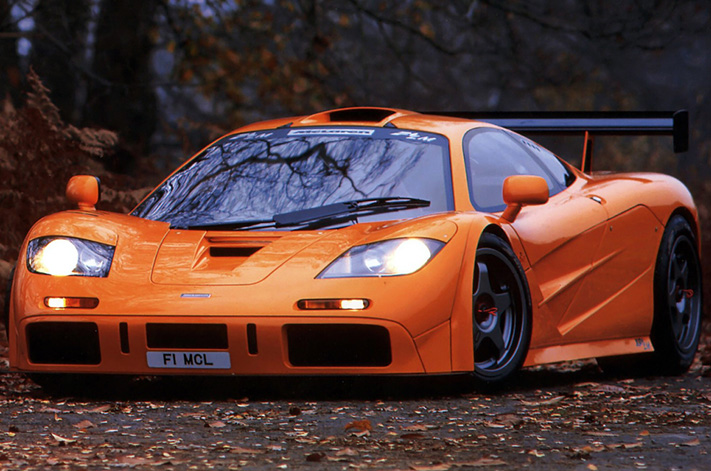
THE DO RON, RON
McLaren boss Ron Dennis wasn’t one for calling a spade a spade, when it could be described as a wide-bladed excavation device. His penchant for convoluted and elaborate language earned its own name in the sport: Ron-speak.
MP4 FOR THE ROAD
McLaren’s belated follow-up to the F1 followed the naming style of the team’s Formula 1 cars. The MP4-12C’s technologies even featured a trick from the 1998 MP4-13– a Brake Steer system designed to reduce mid-corner understeer. However, where the race car’s system involved a small, third pedal pressed by the driver to brake an inside rear wheel, the 12C did the same using electronics. The MP4-13’s system was banned after just one race, though it didn’t prevent Mika Hakkinen from winning the first of his two consecutive drivers’ titles with the team.
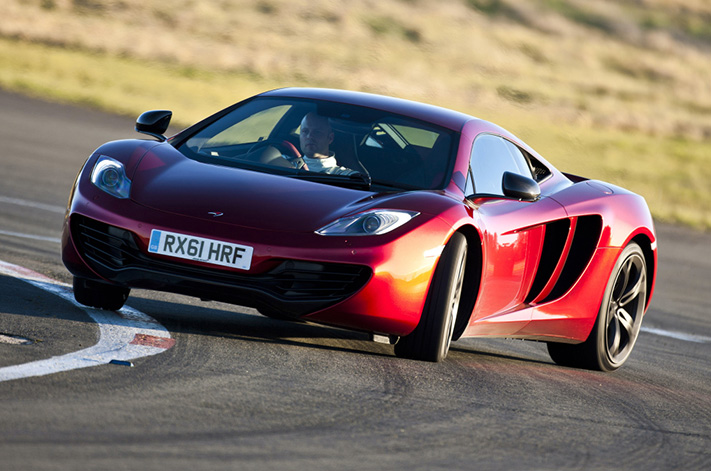
MAC DOC
A film documentary celebrating the story of Bruce McLaren was released in 2017. Directed by Roger Donaldson, the movie blends archival footage with recreations and interviews with the drivers, family and people who knew this pioneering New Zealander best.
CARBON, NO COPY
McLaren now produces a range of supercars, and each one continues to feature a carbon fibre monocoque at its core – super-strong yet weighing just 75kg. The company has changed its construction techniques dramatically to ensure it can build its cars in significant volume. Where it took 3000 hours for McLaren to build the monocoque for the F1, it now takes just four hours. Manufacturing was the responsibility of Austrian company Carbo Tech, though McLaren has now brought the process in-house.




